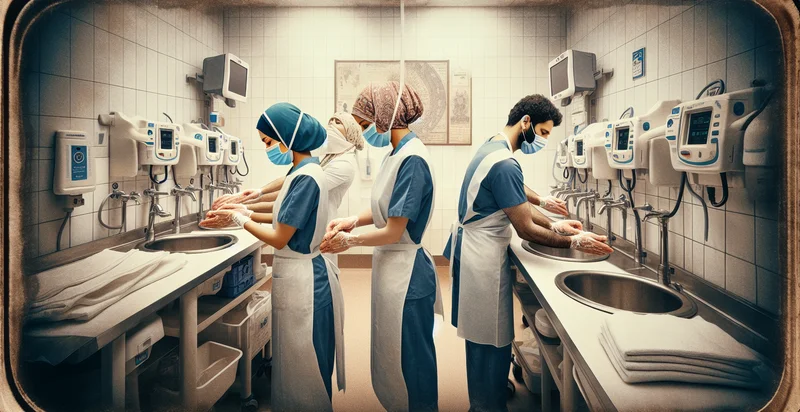Identify how many nurses are visible
using AI
Below is a free classifier to identify how many nurses are visible. Just upload your image, and our AI will predict how many nurses are visible - in just seconds.

Contact us for API access
Or, use Nyckel to build highly-accurate custom classifiers in just minutes. No PhD required.
Get started
import nyckel
credentials = nyckel.Credentials("YOUR_CLIENT_ID", "YOUR_CLIENT_SECRET")
nyckel.invoke("how-many-nurses-are-visible", "your_image_url", credentials)
fetch('https://www.nyckel.com/v1/functions/how-many-nurses-are-visible/invoke', {
method: 'POST',
headers: {
'Authorization': 'Bearer ' + 'YOUR_BEARER_TOKEN',
'Content-Type': 'application/json',
},
body: JSON.stringify(
{"data": "your_image_url"}
)
})
.then(response => response.json())
.then(data => console.log(data));
curl -X POST \
-H "Content-Type: application/json" \
-H "Authorization: Bearer YOUR_BEARER_TOKEN" \
-d '{"data": "your_image_url"}' \
https://www.nyckel.com/v1/functions/how-many-nurses-are-visible/invoke
How this classifier works
To start, upload your image. Our AI tool will then predict how many nurses are visible.
This pretrained image model uses a Nyckel-created dataset and has 11 labels, including 0, 1, 10+, 2, 3, 4, 5, 6, 7 and 8.
We'll also show a confidence score (the higher the number, the more confident the AI model is around how many nurses are visible).
Whether you're just curious or building how many nurses are visible detection into your application, we hope our classifier proves helpful.
Related Classifiers
Need to identify how many nurses are visible at scale?
Get API or Zapier access to this classifier for free. It's perfect for:
- Staffing Optimization: This function can analyze images from hospital wards to count the number of nurses visible at any given time. This data can help hospital management optimize nurse staffing levels based on real-time demand and patient needs.
- Workflow Analysis: By monitoring the number of nurses present in various areas of the hospital, administrators can assess workflow efficiency. They can identify bottlenecks or areas with insufficient staff coverage, allowing for better allocation of human resources.
- Safety Compliance Monitoring: Hospitals can utilize this image classification function to ensure compliance with safety protocols that mandate a certain number of nurses on duty during peak hours. This information can be crucial during audits or investigations related to patient safety incidents.
- Training and Development: The function could be applied to training programs by capturing footage of nurses in action. Analysis of the number of nurses during peak vs. off-peak times can guide simulation training to improve real-world readiness.
- Patient Care Quality Assessment: By correlating the number of nurses observed in specific departments with patient care quality metrics, healthcare facilities can gain insights into how staffing levels impact patient outcomes. This data could inform decisions on nurse recruitment and retention strategies.
- Emergency Response Planning: During emergencies or disaster simulations, knowing the number of nurses visible helps emergency planners evaluate readiness and response capabilities. This ensures that hospitals can efficiently coordinate resources in times of crisis.
- Research and Reporting: Researchers can leverage this function to study the correlation between nursing staff visibility and various health outcomes in clinical settings. The resulting data can aid in publishing findings that support policy changes or funding for nurse staffing initiatives.


